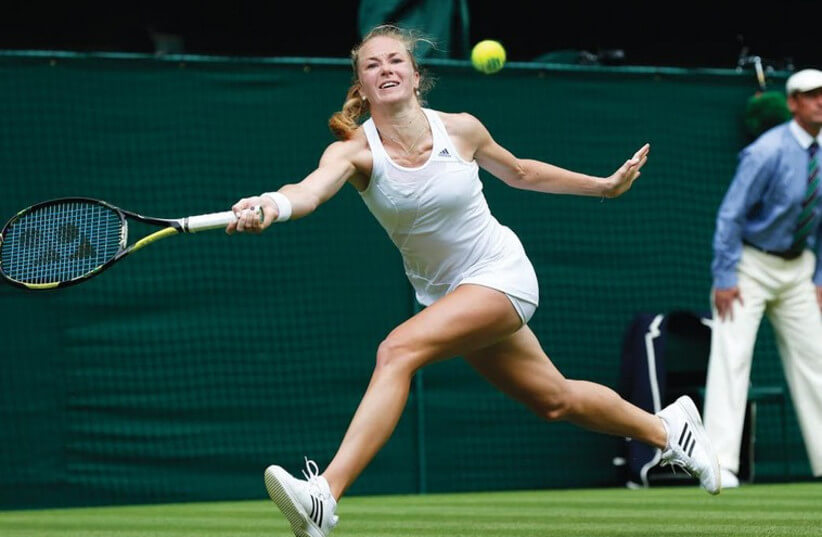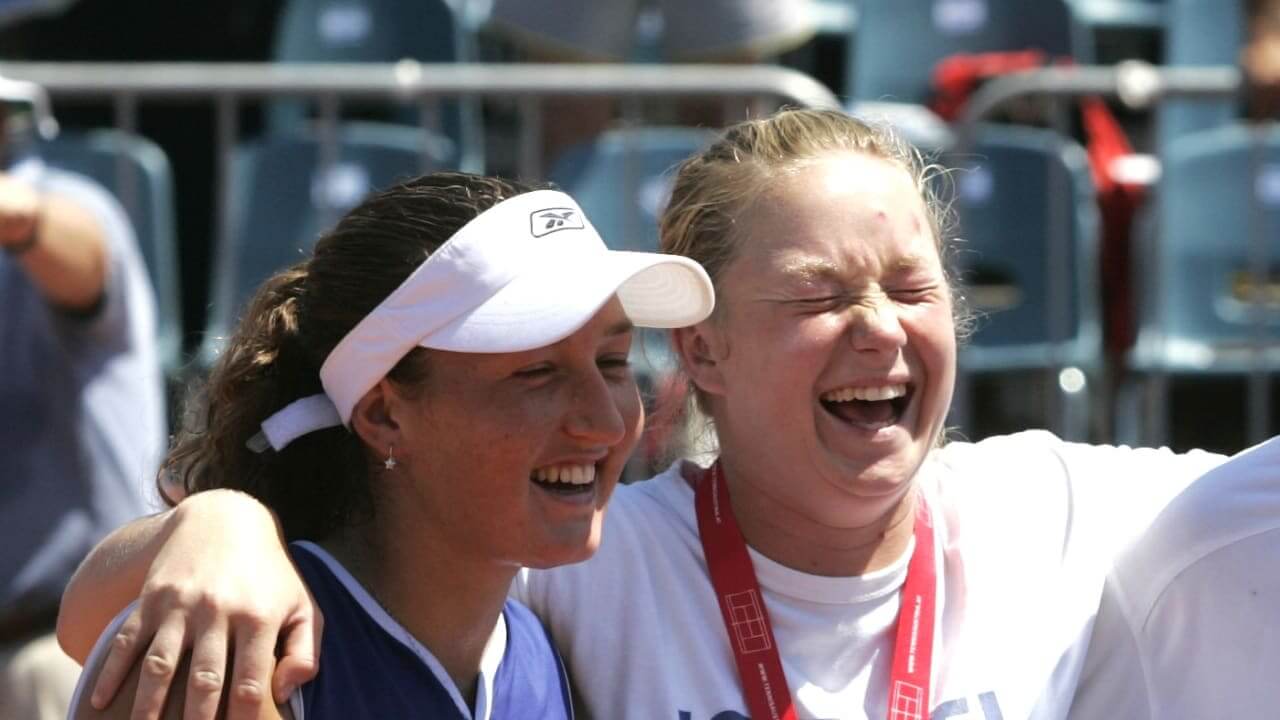Former Israeli tennis stars Shahar Peer and Julia Glushko reflect on their careers, life after the tour, and hopes for the next generation of Israeli players.
Originally appeared in The Jerusalem Post, August 29, 2025
When Julia Glushko came for a meeting with The Jerusalem Post at a Tel Aviv coffee shop, she arrived sweaty, wearing shorts and a tennis top, and carrying two tennis rackets.
When Shahar Peer spoke with the Post from her apartment in New York City, she admitted she has not picked up a tennis racket since her retirement in 2017. While she has given her young children the option to play tennis, they have opted for other sports. They have taken different post-tennis career paths but continue to admire each other and look back on their years representing Israel.
Once upon a time, Peer and Glushko were the faces of Israeli tennis. Peer achieved the extraordinary accomplishment of reaching No. 11 in the world in 2011. Glushko reached her highest singles ranking of No. 79 in 2014.
Glushko, 35, lives in Jerusalem and works in cybersecurity as a project manager. She also works as a television tennis commentator. She shares how tennis has always been an important part of who she is.
“I always loved tennis. It makes me so happy,” offers Glushko, who has been fortunate to find a very hard-hitting male partner with whom to play tennis.

The fact that her sister and sometimes (past) doubles partner, Lina, 25, ranked No. 313, still plays on tour keeps Julia connected to the tennis world. Julia has observed more options for aspiring, talented players compared to when she was playing. She notes that some players, including Israelis, are playing US college tennis with the option to turn professional after college.
Glushko speaks with great admiration and appreciation of Peer
“I don’t know what my career would have looked like if there was no Shahar! She helped me a lot and really pulled me up. She made a big difference in my career.”
While Glushko enjoys playing tennis recreationally, she admits it isn’t the same.
“I miss it a lot. I miss competing. I haven’t found anything that excites me in the same way – the buildup, the playing in long matches, the athleticism, you get addicted!”
Glushko seems to remember every detail of every match she ever played at the US Open.
“In 2018, it was a crazy year – even though I got injured. I enjoyed it so much. In 2013 I got to the third round, which was unbelievable.”
And she looked back longingly on her time in New York.
“New York is like a second home to me. It is the city I have been to the most times.”
In contrast to Glushko’s life in Jerusalem and her connection to tennis, Peer lives in Manhattan with three young children as her husband pursues his medical training.
“I don’t really follow Israeli players or any tennis, though sometimes I watch a few matches at Wimbledon, but actually, I’m really out of it. I am really busy with the kids.”
Peer, now 38, mostly lives anonymously in New York, with most people not recognizing her or knowing of her past life as a top-ranked professional tennis player. She can mostly be seen in Manhattan with her husband and three children, Nafti, 6, Yuli, 4, and Dori, 1.
“Some recognize me. There are a lot of Israelis around here, so they do know, obviously, but not that many. Some Jewish people recognize me, but not many.”
Peer offered her two older children the chance to play tennis. Her daughter has expressed some interest, but her six-year-old son, Nafti, has said no.
“I did ask Nafti, but he said no, so I don’t push him. He likes soccer, so he plays some soccer. My other son is obviously too small.”
While Peer remains far from the game, she hopes Israel will once again produce tennis champions. She is not sure what the correct solution is for producing champions.
“I’m really out of it, so it’s hard for me to say, but I guess it’s a lot of things. I guess it’s a combination of things – really digging inside, having the right programs, the right coaches, the right managers, good facilities, and the right kids who really want to work hard to become professionals.”
Peer admits proudly,: “I do go to the US Open every year since being here in New York. My husband really enjoys it, so we take the kids usually in the middle, the middle week, Labor Day weekend, and they like it, so it’s fun.”
